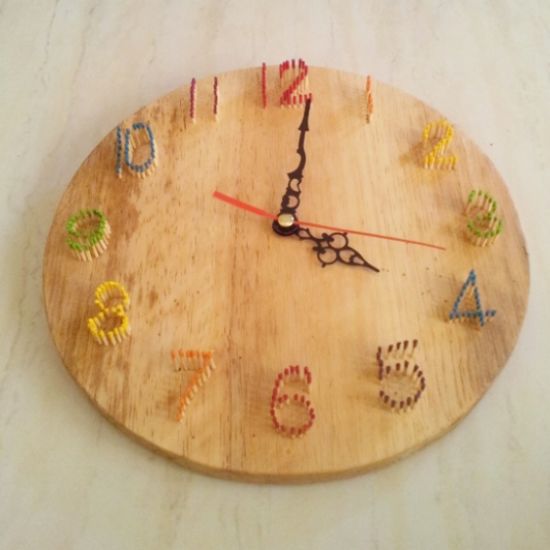Cardboard peacock wall hanging for home decor:
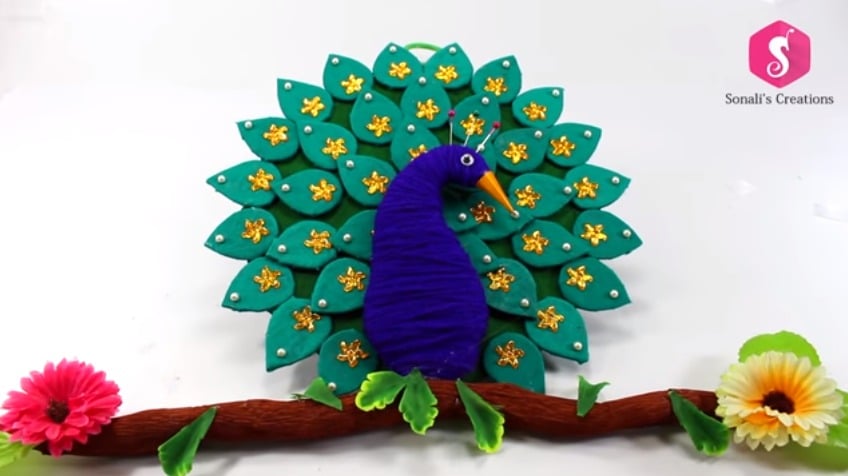
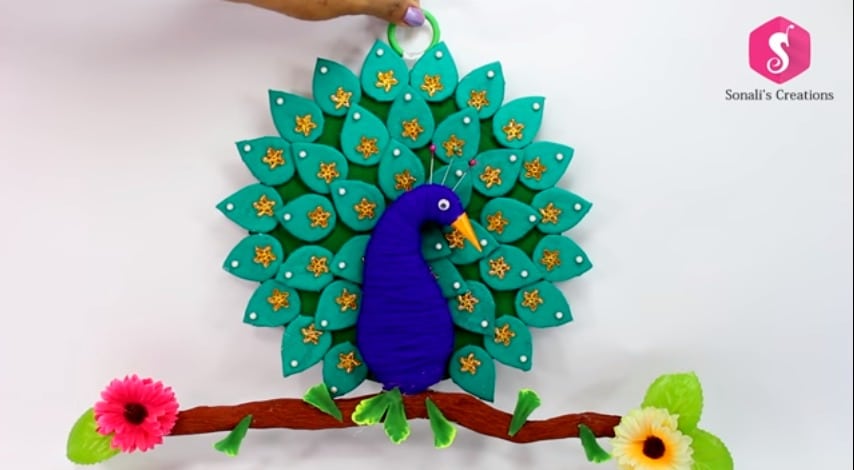
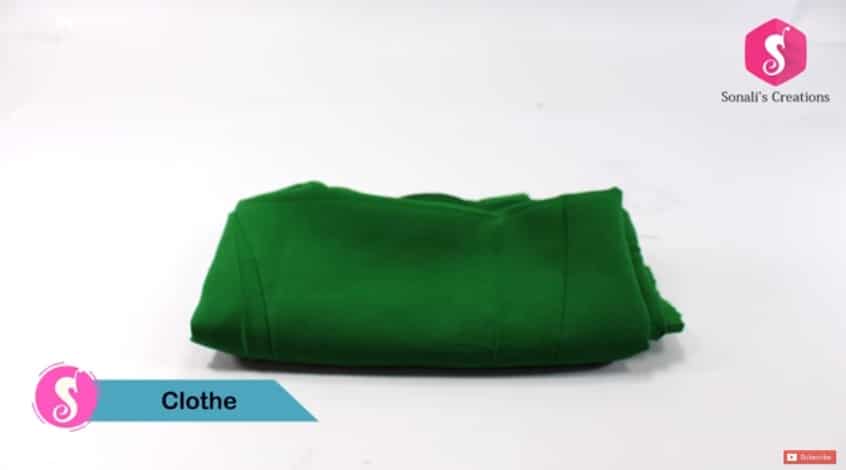
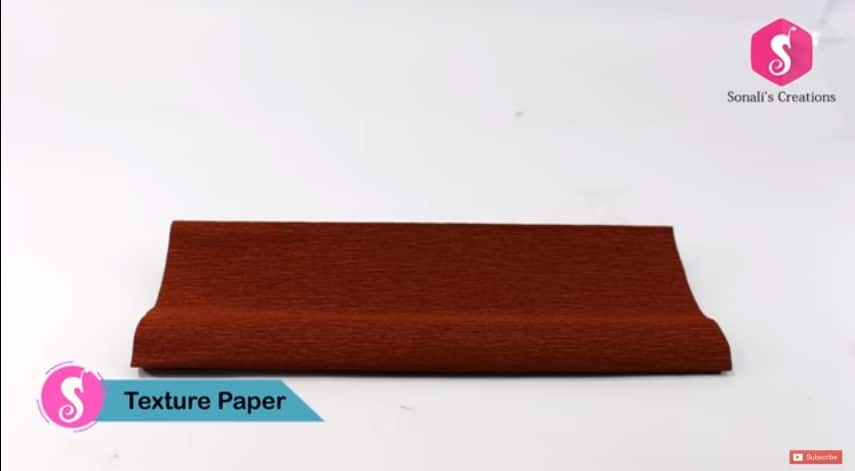
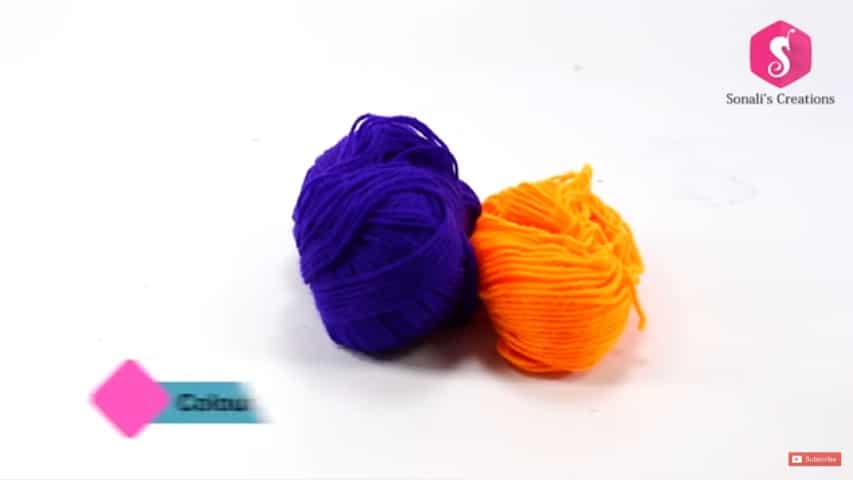
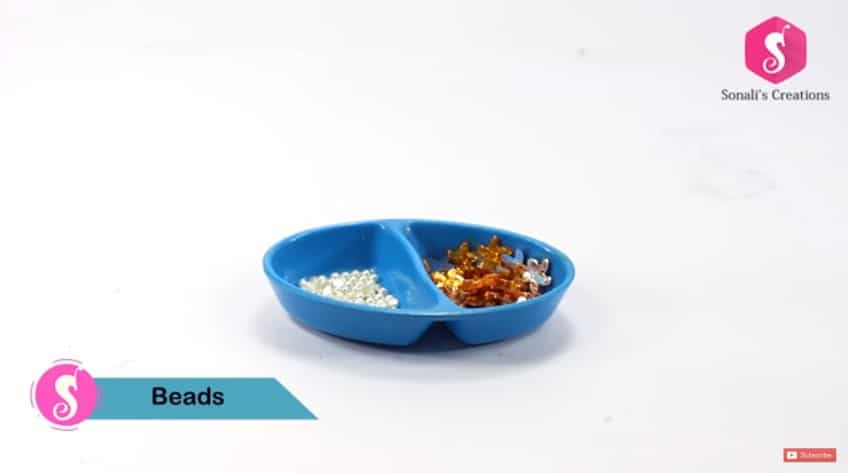
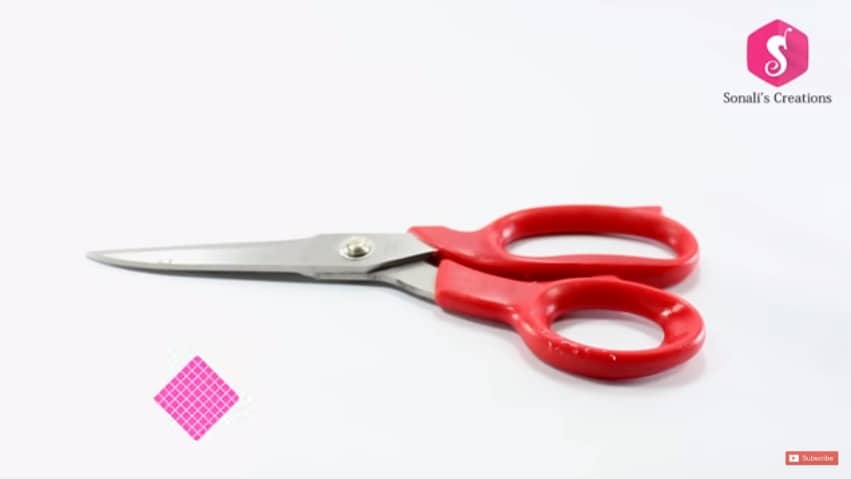
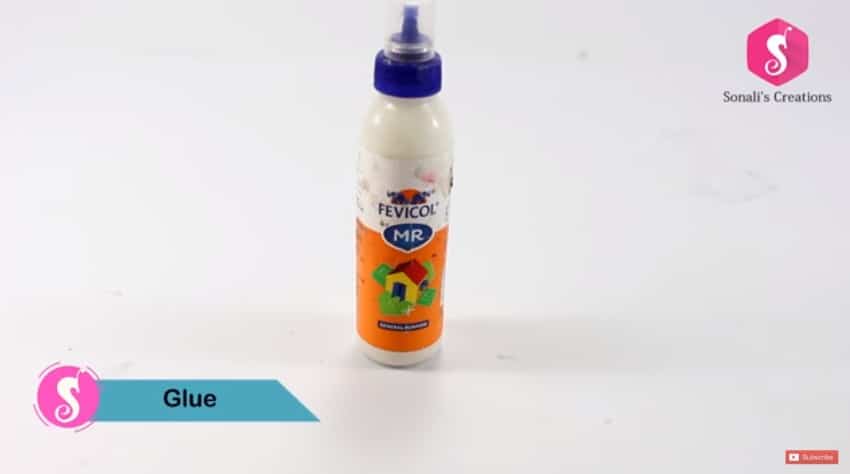
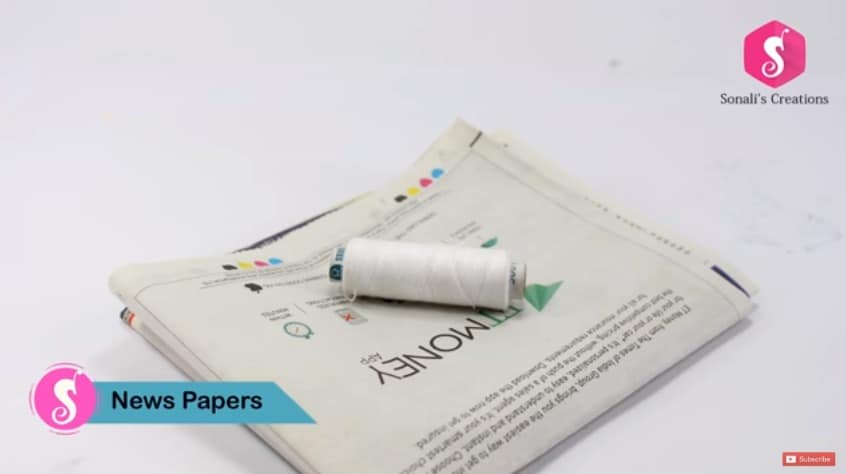
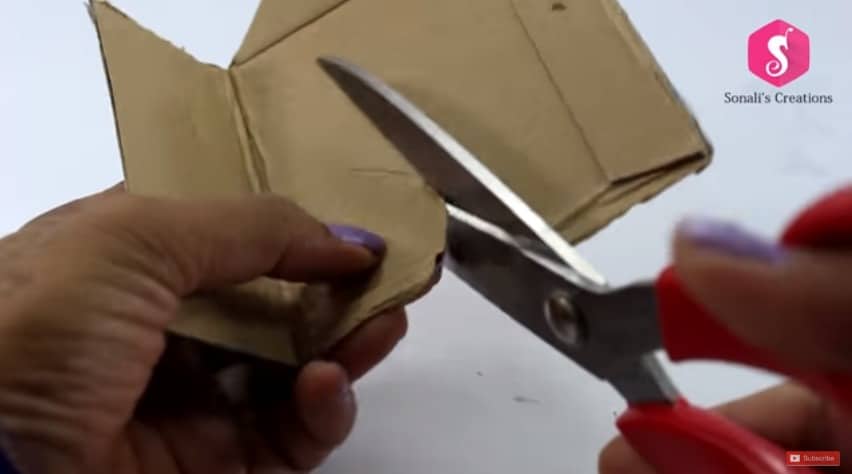


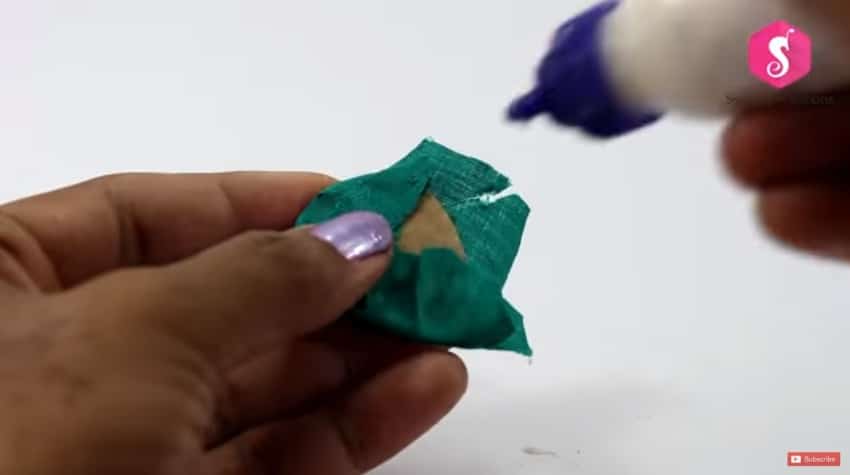

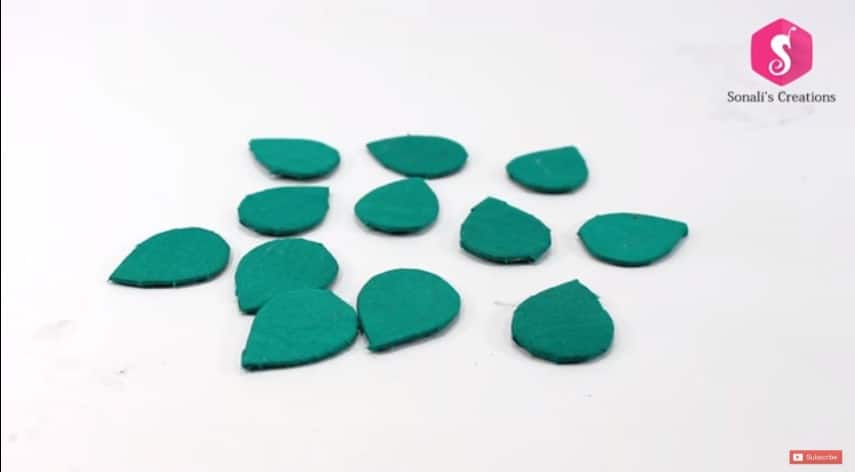
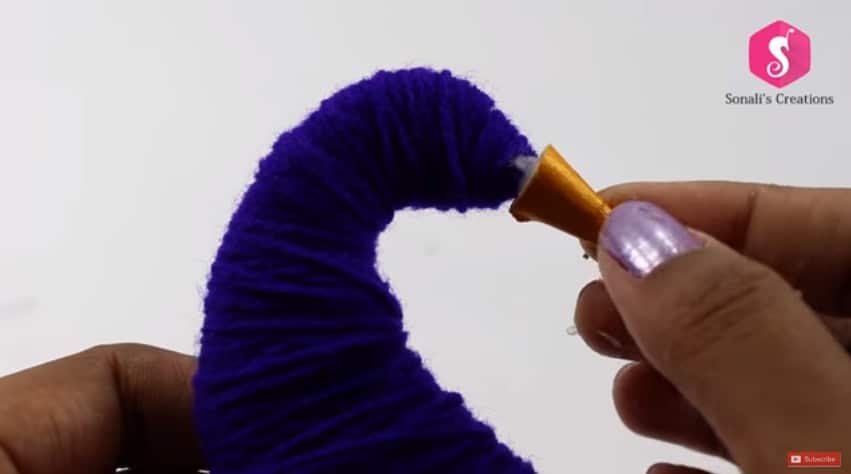
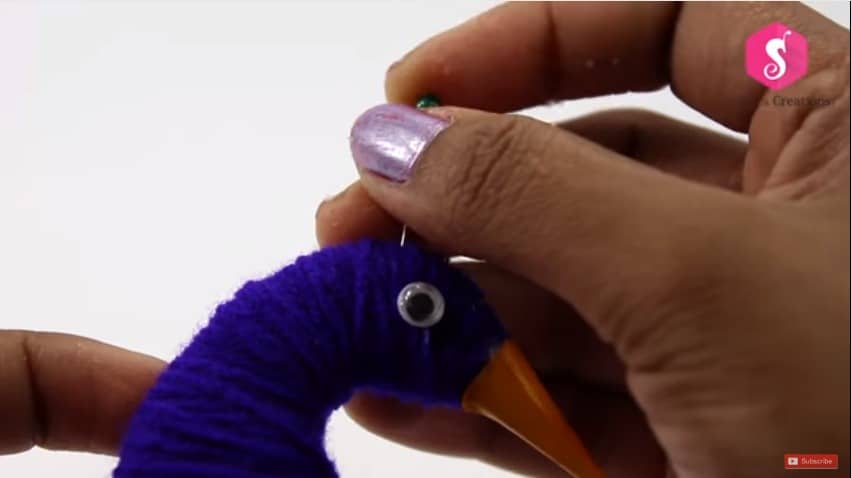

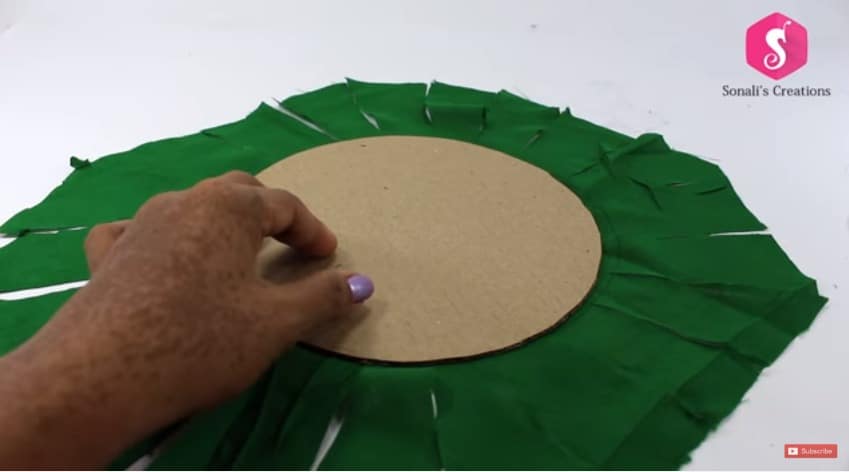

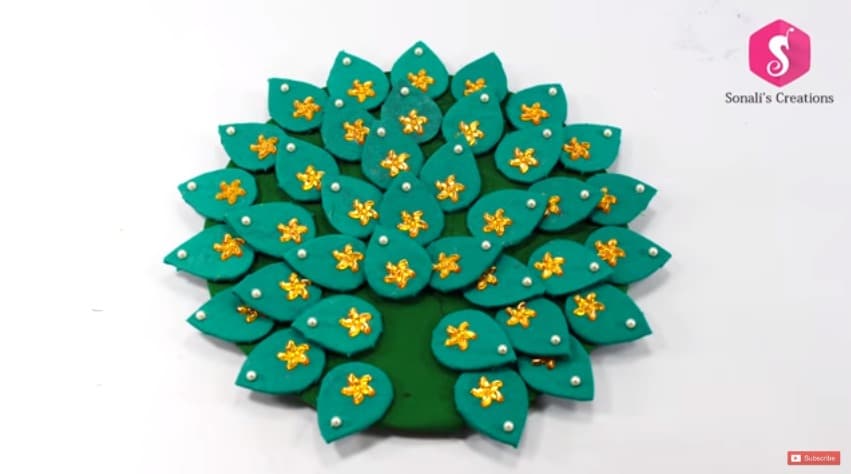



Get Daily Art and Crafts Ideas & Tutorials…
Cardboard peacock wall hanging for home decor:
























DIY Jingle Pillow Tutorial: Here’s another pillow from Scarlet’s Indian Elephant Party. The colors are a bit much attractive. I guess it wouldn’t be so comfortable to snuggle up to a pillow with metal bells on it, but it looks cute and that’s what really matters. Or you could replace the bells with buttons or ribbon flowers!
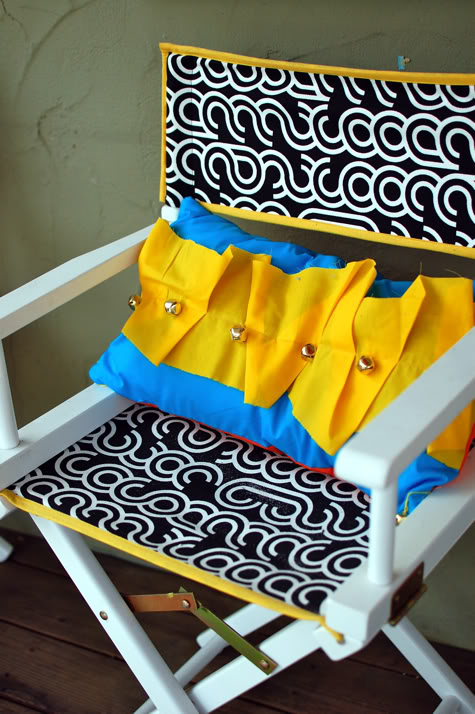
Get the full Jingle Pillow DIY after the jump…

DIY Jingle Pillow
1. Wash, iron and cut your fabric. You’ll need one piece the size of your pillow plus 1/2″ for the front. For the back you’ll need two pieces the same length by half the width of your pillow plus 2.5″. Then you’ll need one long strip of any fabric in any width and length for your ruffle, and some jingle bells or buttons or what not. My pillow is 12″ X 21″ so I cut a pieces 12.5″X21.5″ for the front and two pieces 12″X13″ for the back.
2. Fold one short edge of each back piece in 1/4″ and iron, then another 1/4″ and iron, and sew in place. On the side that will show, fold it in another 1/4″ and iron but don’t sew, so later on you won’t have a seam line showing on your pillow:
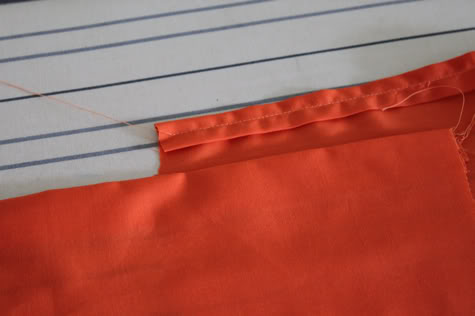
3. Take your long strip of fabric and fold it randomly across the front and pin in place. Ignore the bells on the corner, I did it in the wrong order:

Sew the ruffle in place with one long line of stitches. Then using embroidery thread hand sew your jingle bells or buttons to the front of the pillow:
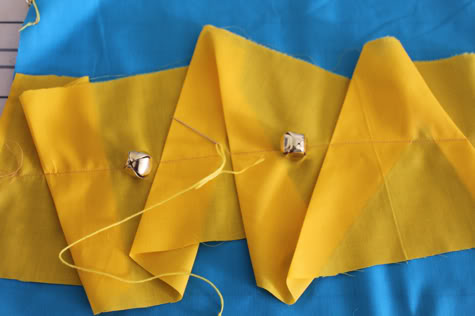
There you go:
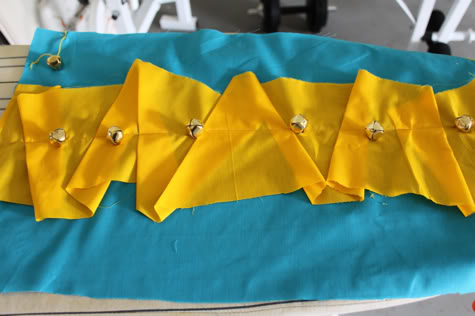
4. Now lay your pillow front right side up, your pillow back piece that will not be showing right side down, then the pillow back piece the will show right side down on top of that, making sure the outside edges of the front and back line up. Pin in place:
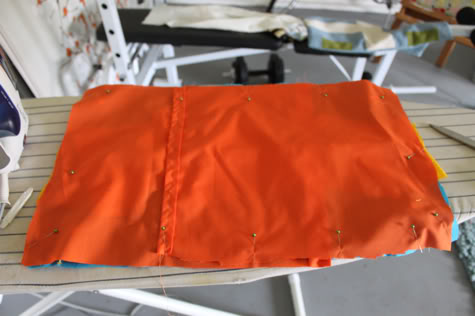
Sew all the way around and finish the edges by serging, sewing with an overlock or zig zag stitch or just trimming with pinking shears:
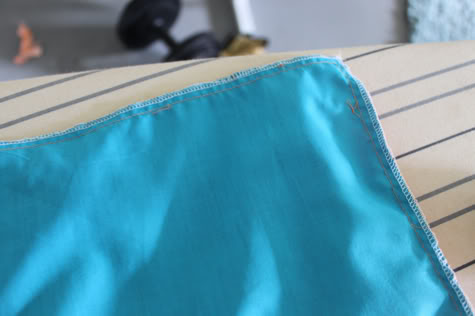
5. Turn your pillow right side out and using your embroidery thread and hand sewing needle, sew some dangly jingle bells to the corners:
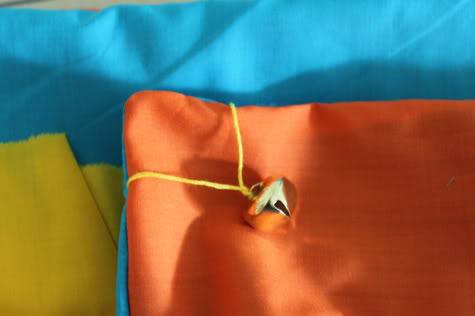
Stuff with pillow form, you’re done!
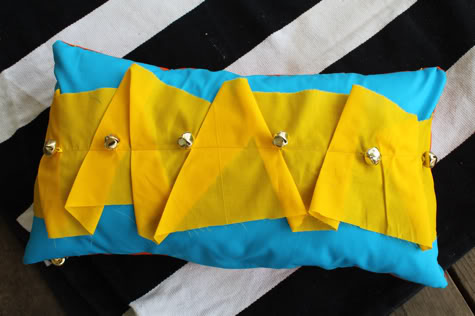
Add to growing pile of bright pillows:

Hope you like this tutorial.
Source: prettyprudent
Looking for something unique, handcrafted and affordable to decorate your home? Presenting some lovely handcrafted or hand painted decor products made by artists with passion and a whole lot of creativity!
This set of 4 terracotta hand-painted pots, highlighted with gold, makes for a very attractive decor item in your house. You can use it as a decorative hanging or with artificial plants. The pots can be hung in same or different levels by adjusting the strings attached. The colors used are water safe.
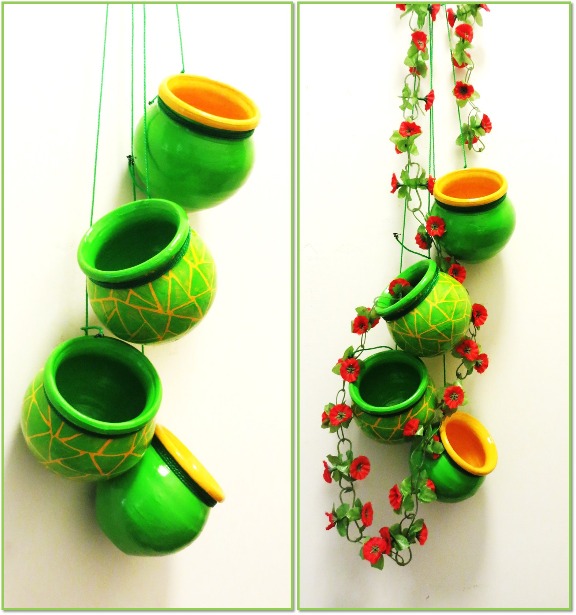
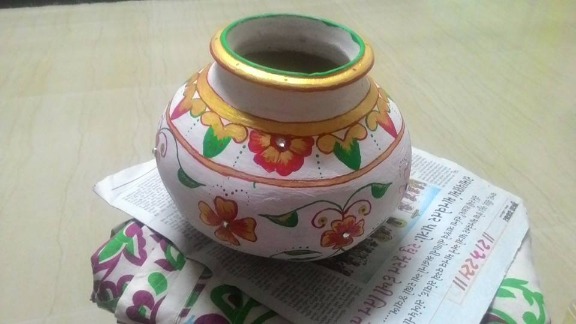
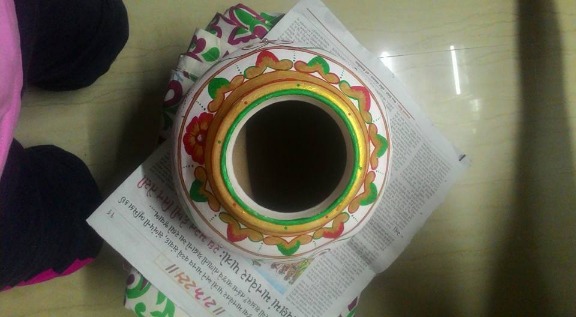
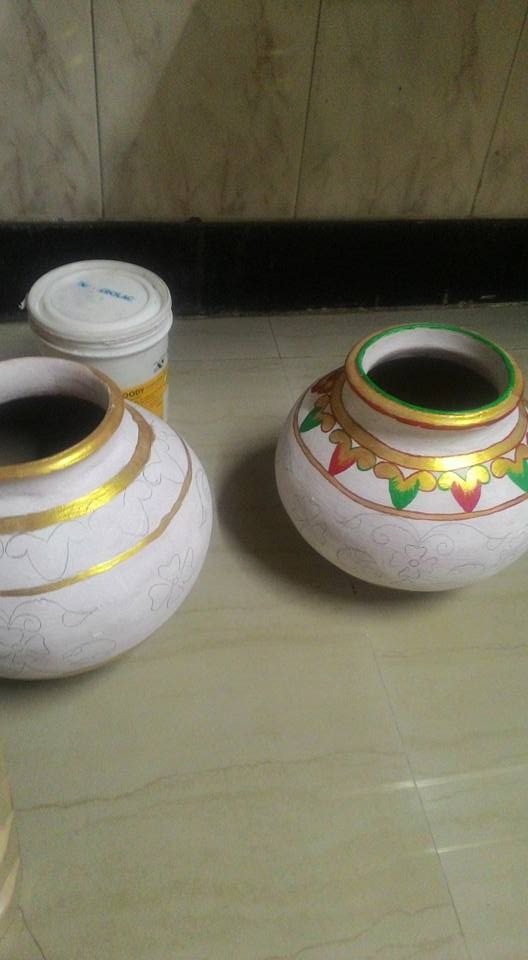
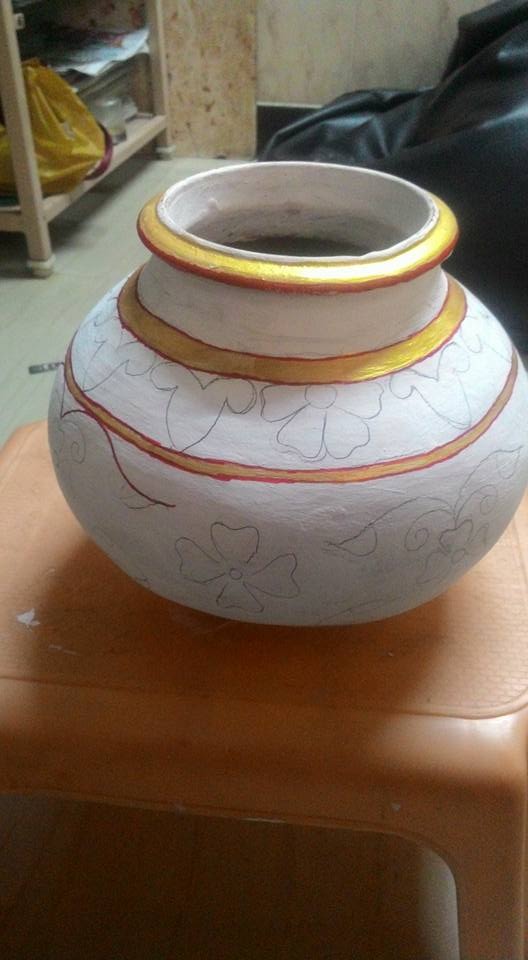
 Who says the mosaic look can be achieved only through broken tiles! Here is a nice way to get the same look on your pots and keep your surroundings bright. This set has 4 hand painted terracotta pots which are 9 cm in height, 10 cm in width and 130 gm in weight each. This simple hand-painted beautiful hanging can be used to decorate both your interiors or exteriors, as the colours used are water safe. This can be a beautiful colourful addition to your garden greenery or monotonous interiors or can spruce up the patio area. These pots can also be used as planters.The pots can be hung in same or different levels by adjusting the strings attached, as per your choice.
Who says the mosaic look can be achieved only through broken tiles! Here is a nice way to get the same look on your pots and keep your surroundings bright. This set has 4 hand painted terracotta pots which are 9 cm in height, 10 cm in width and 130 gm in weight each. This simple hand-painted beautiful hanging can be used to decorate both your interiors or exteriors, as the colours used are water safe. This can be a beautiful colourful addition to your garden greenery or monotonous interiors or can spruce up the patio area. These pots can also be used as planters.The pots can be hung in same or different levels by adjusting the strings attached, as per your choice.
You can make your own hands holder curtains of unnecessary CD drive. Here a small tutorial. Contents can be to your taste.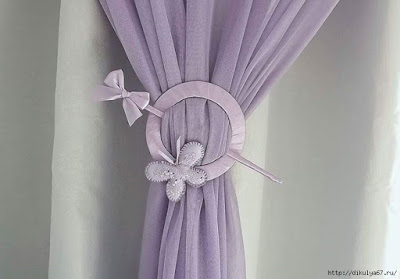
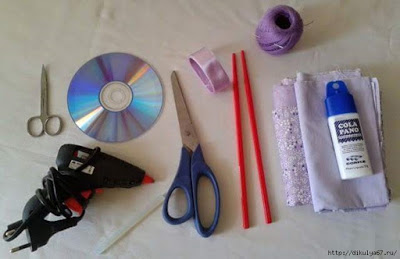

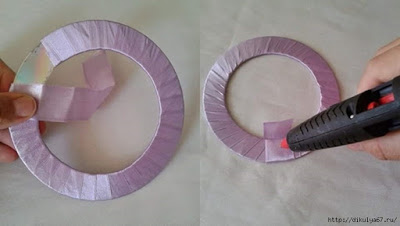

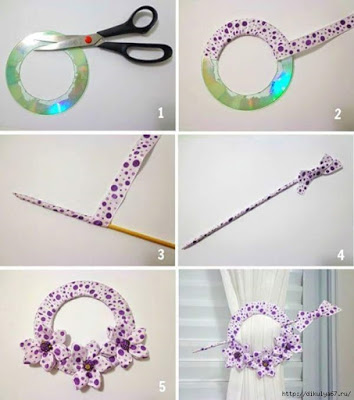
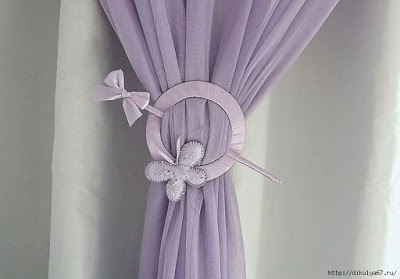
Collection of beautiful pendant mobile ideas to decorate any room. You can make similar pendant with their hands. Whether it’s a pendant light, a mobile if it’s cool and it hangs from the ceiling, it’s probably in this roundup. There are a lot of great ideas that would be perfect to try over the long, upcoming, Labor Day weekend. So ‘let’s hang out’ and go through this list of 18 hanging DIY ideas to see what inspires you.
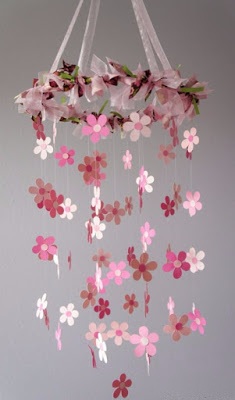
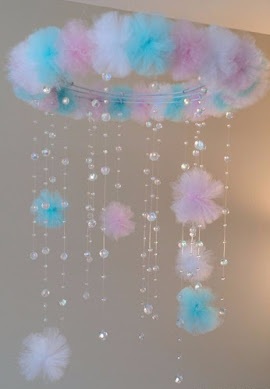

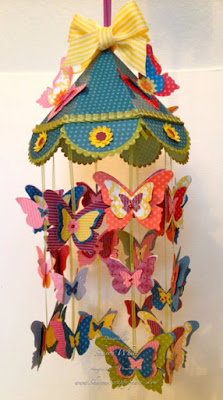


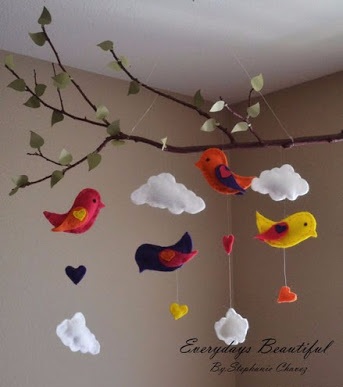
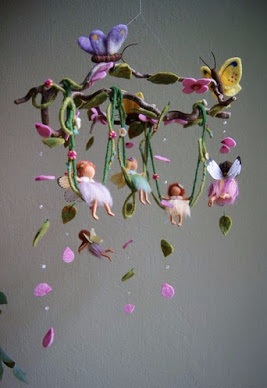
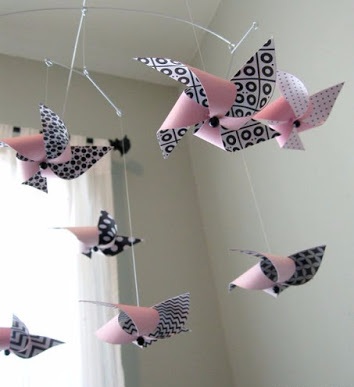

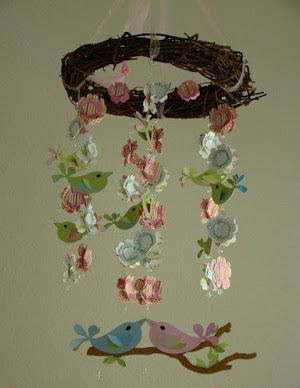
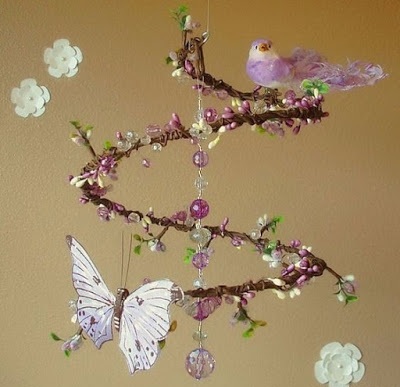



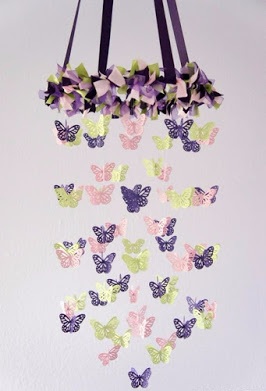
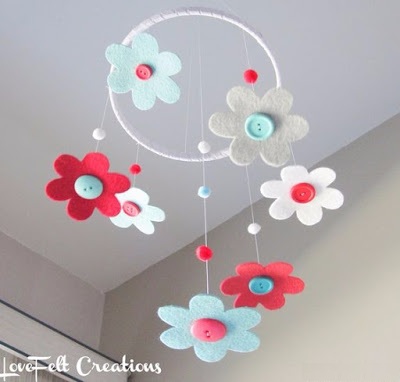
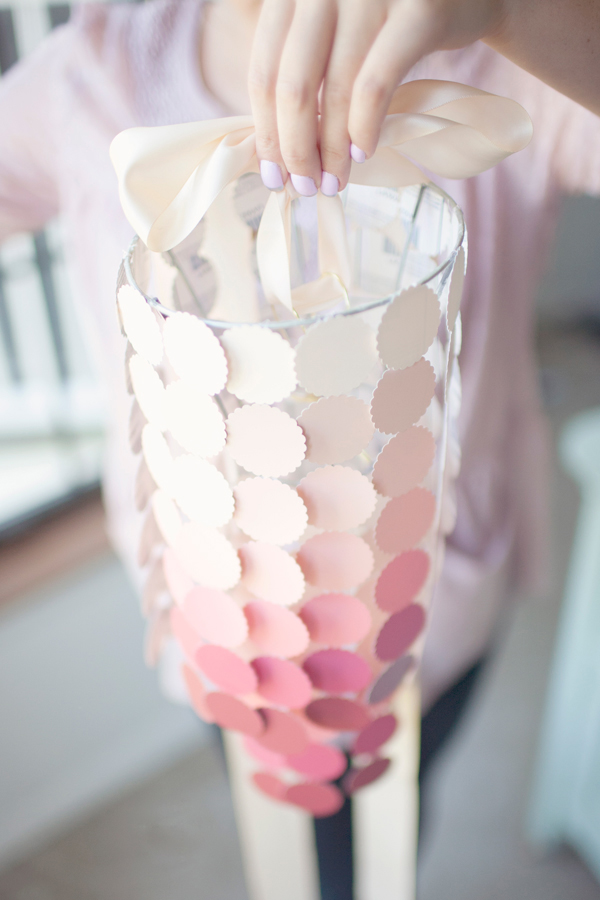
 You’ll need a whole bunch of paint swatches in your desired colours (seriously, emphasis on the whole bunch part). I picked a variety of blush, pink and red hues so I could get a fancy ombre look to my chandelier but I can only imagine how many different looks you could go for with your own chandelier. Using a scalloped paper punch you’ll need to punch about 40 -60 swatches into little medallions. Keep the medallions divided by colours in little saucers or cups like below.
You’ll need a whole bunch of paint swatches in your desired colours (seriously, emphasis on the whole bunch part). I picked a variety of blush, pink and red hues so I could get a fancy ombre look to my chandelier but I can only imagine how many different looks you could go for with your own chandelier. Using a scalloped paper punch you’ll need to punch about 40 -60 swatches into little medallions. Keep the medallions divided by colours in little saucers or cups like below. 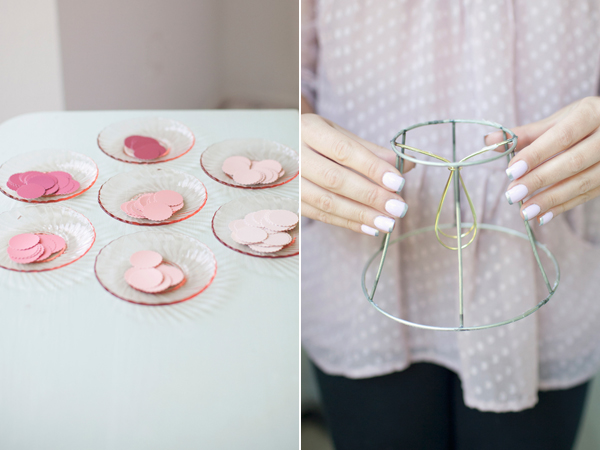 I bought my lamp shade (my chandelier base) from Lowes for about 5 bucks. Using an Exacto knife and super sharp metal scissors I carefully cut apart the fabric lamp shade, peeling away the pieces until the metal parts were as exposed as possible. When picking out a lamp shade I tried to pick out one where the bottom diameter is much smaller than the top. This will make your layers of paint swatch medallions hang better and thus look much better when the final product is done.
I bought my lamp shade (my chandelier base) from Lowes for about 5 bucks. Using an Exacto knife and super sharp metal scissors I carefully cut apart the fabric lamp shade, peeling away the pieces until the metal parts were as exposed as possible. When picking out a lamp shade I tried to pick out one where the bottom diameter is much smaller than the top. This will make your layers of paint swatch medallions hang better and thus look much better when the final product is done. 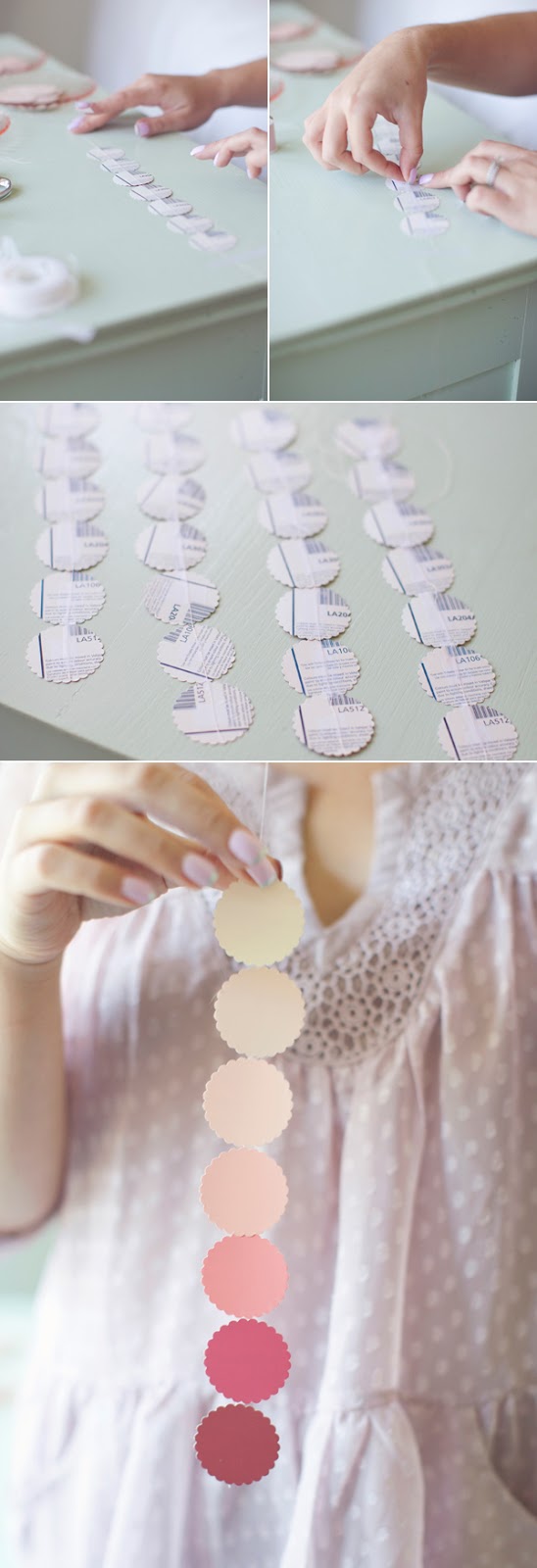 Lay out your paint medallions, coloured side down, in the desired order. Tape down a long piece of coloured thread along the middle of the backs of each medallion. Then using a piece of tape, cut down the center width wise, tape together the edges where one medallion meets the next. Without this final piece of tape, the medallions with rotate on their piece of thread, thus showing the bar codes, text and colour names usually located on the backs of the paint swatches. If that doesn’t bother you then this step isn’t necessary! Repeat this step until all of your chandelier strands are strung and taped together.
Lay out your paint medallions, coloured side down, in the desired order. Tape down a long piece of coloured thread along the middle of the backs of each medallion. Then using a piece of tape, cut down the center width wise, tape together the edges where one medallion meets the next. Without this final piece of tape, the medallions with rotate on their piece of thread, thus showing the bar codes, text and colour names usually located on the backs of the paint swatches. If that doesn’t bother you then this step isn’t necessary! Repeat this step until all of your chandelier strands are strung and taped together. 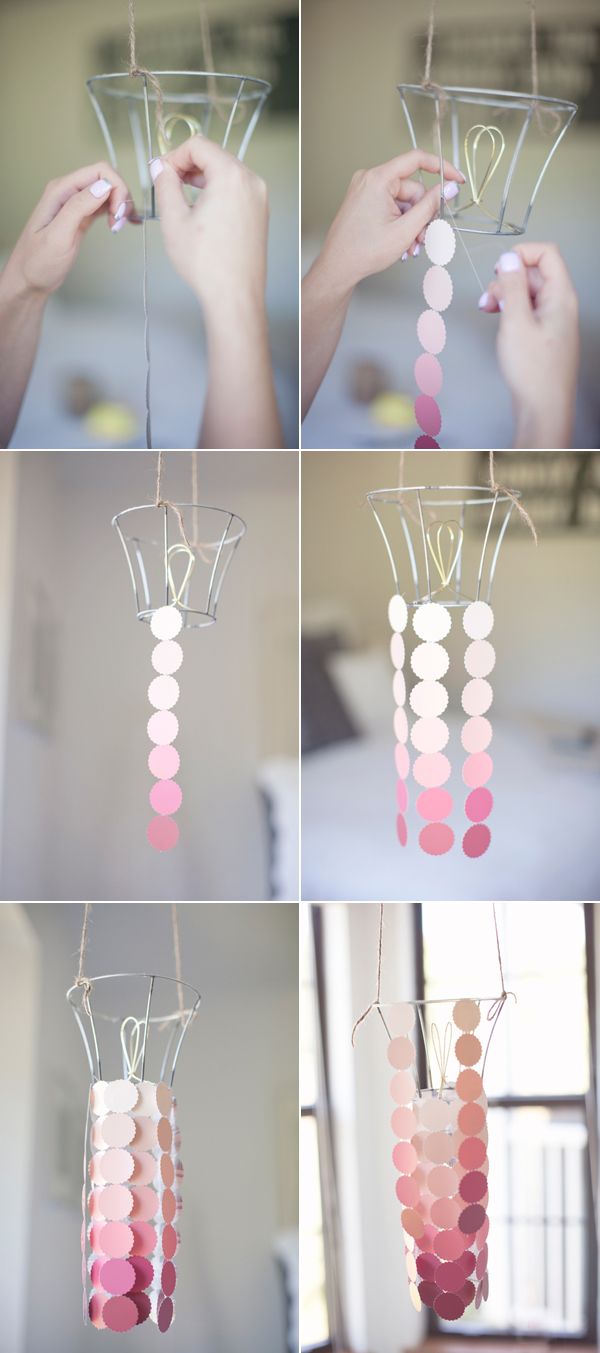 Flip your lamp shade upside down and fasten it somewhere where it can hang freely (I tied mine to the latch that opens and closes our air vent in our ceiling). Start stringing on your strands along the perimeter of the bottom of the chandelier until the entire metal base is covered. Then start stringing strands along the widest ‘top’ of your chandelier so that the lowest part of your strand hits the mid point of the bottom layer. Continue this all the way around until the entire chandelier is covered. Add a ribbon to the metal pieces (where the light bulb would pop in) and voila! You’re ready to hang this beauty!
Flip your lamp shade upside down and fasten it somewhere where it can hang freely (I tied mine to the latch that opens and closes our air vent in our ceiling). Start stringing on your strands along the perimeter of the bottom of the chandelier until the entire metal base is covered. Then start stringing strands along the widest ‘top’ of your chandelier so that the lowest part of your strand hits the mid point of the bottom layer. Continue this all the way around until the entire chandelier is covered. Add a ribbon to the metal pieces (where the light bulb would pop in) and voila! You’re ready to hang this beauty! 
First, you must select the fabric for curtains tailoring. Beautifully will look fabric with metal overflow. Well look contrasting transitions in tone.
In the present master class puffs sewn on the cornice of 1.3 m. For this you need a piece of fabric at a ratio of one to two, or 1 to 2.5 relative to the length of the cornice.
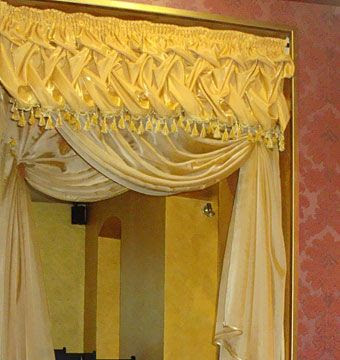 We eaves length 1.3 m – needs a piece of fabric 3.25 +0.5 (allowance at side seams), only 3.3 m.
We eaves length 1.3 m – needs a piece of fabric 3.25 +0.5 (allowance at side seams), only 3.3 m.
In width:
• 0,65 m 3-band (as in the diagram), the height of product in finished form 0.45 m;
0.83 m • 4-band products in finished form height 0.55 m;
• 1,01 m-5 strips off the shelf height 0.65 m.
Learn, please scheme. See photos.
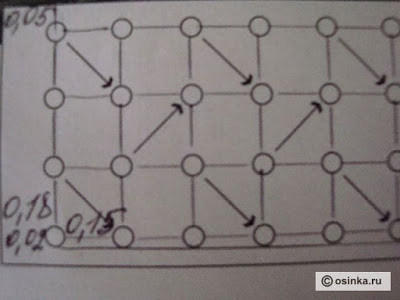 he harvested tissue peruse for defects, check the length and width, steamed iron.
he harvested tissue peruse for defects, check the length and width, steamed iron. The sides of the future curtains See photos.
The sides of the future curtains See photos. 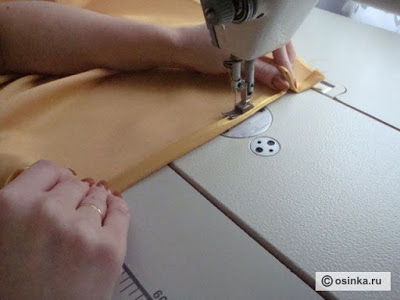 For comfortable work and avoid errors, you need to make patterns out of cardboard.
For comfortable work and avoid errors, you need to make patterns out of cardboard.
1. №1 = 8 cm (6 cm – width webbing + 1 cm seam tape+ 1 cm volume)
2. №2 = 18 cm;
3. №3 = 15 cm.  Choose a place where we are going to create your masterpiece. Ideal – a large table. It decompose and flatten stripped cloth. The fabric should lie face down.
Choose a place where we are going to create your masterpiece. Ideal – a large table. It decompose and flatten stripped cloth. The fabric should lie face down.
Take the mold 8 cm wide (№1) applying it to the upper tissue slice. 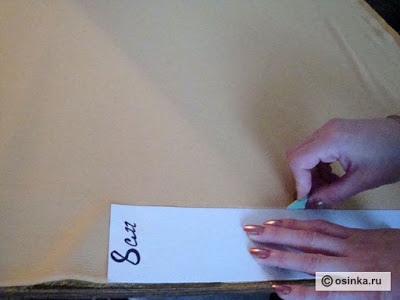 Now, take the curve №2 (width 18 cm), apply to have the line drawn by again drawing a line along the entire length of our fabric. Repeat this process three times. We have to be parallel to the line width: 8 cm, 18 cm, 18 cm, 18 cm
Now, take the curve №2 (width 18 cm), apply to have the line drawn by again drawing a line along the entire length of our fabric. Repeat this process three times. We have to be parallel to the line width: 8 cm, 18 cm, 18 cm, 18 cm 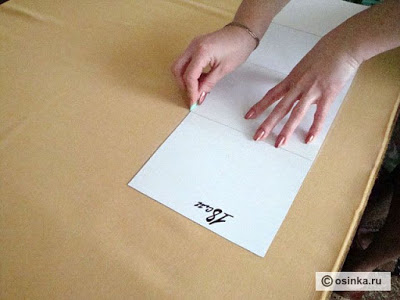 Take curve №3, we are putting any of the side seams and perpendicular lines to the already drafted. We get the mesh.
Take curve №3, we are putting any of the side seams and perpendicular lines to the already drafted. We get the mesh. 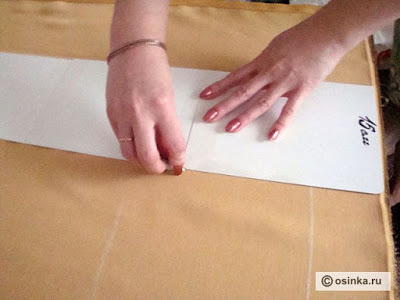 To make it convenient to work in the cells draw a diagonal, as shown in the photo.
To make it convenient to work in the cells draw a diagonal, as shown in the photo. 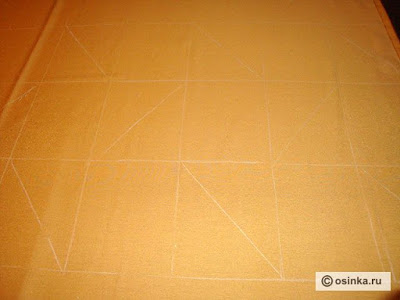 Take the needle and thread in tissue tone, and at the cell diagonally fasten the first puff.
Take the needle and thread in tissue tone, and at the cell diagonally fasten the first puff.  Stitches tacks do five – six times.
Stitches tacks do five – six times.  Secure all puffs for this series.
Secure all puffs for this series. 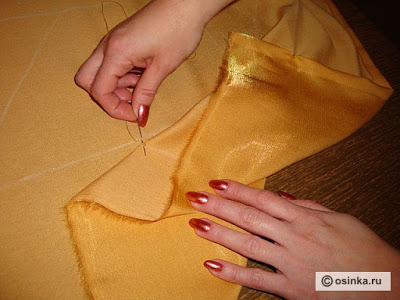 The next series begin to fix on the side where you’ve finished the first row whip. Follow the scheme.
The next series begin to fix on the side where you’ve finished the first row whip. Follow the scheme.  Third row starts where finished second whip. And so all the rows under the scheme. Be careful.
Third row starts where finished second whip. And so all the rows under the scheme. Be careful. 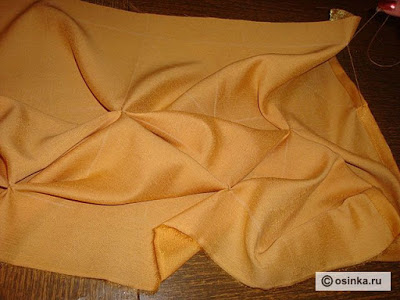 This is the result of the first phase of your work. The truth is impressive?
This is the result of the first phase of your work. The truth is impressive? 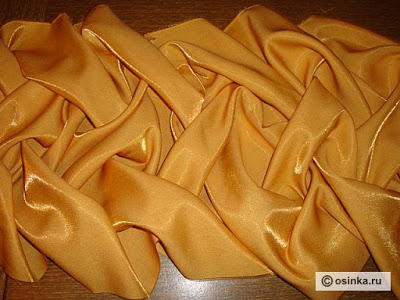 The bottom of the curtains in our master class we will process the fringe. In fact, the methods of processing weight: seam in the hem, processing piping, lace, beads …
The bottom of the curtains in our master class we will process the fringe. In fact, the methods of processing weight: seam in the hem, processing piping, lace, beads …
like fabric, you need to advance to steam and smooth 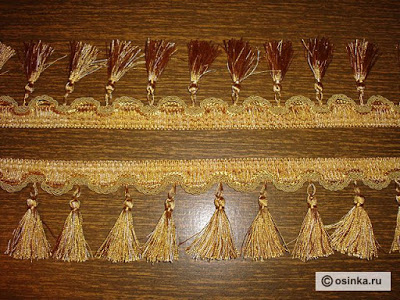 We are putting a fringe to the bottom edge of the curtains. We combine slices. Fabric and fringe wrong side together. Sew,
We are putting a fringe to the bottom edge of the curtains. We combine slices. Fabric and fringe wrong side together. Sew,  Now, gently loosen the fringe on the front side. Do this for the entire length of the edge of the fringe and paving machines line.
Now, gently loosen the fringe on the front side. Do this for the entire length of the edge of the fringe and paving machines line.  Bottom curtains ready. Look inside out – it’s perfect.
Bottom curtains ready. Look inside out – it’s perfect.  It remains to handle the upper section of the curtains. Take special braid for processing top curtains. Put them to the wrong side of each other. Pre-need to hem curtains and braid 1 cm. Sew their machine stitching.
It remains to handle the upper section of the curtains. Take special braid for processing top curtains. Put them to the wrong side of each other. Pre-need to hem curtains and braid 1 cm. Sew their machine stitching.  Lay the second parallel line is strictly for lace center. Line lay on the front side. The ends of the thread carefully hide.
Lay the second parallel line is strictly for lace center. Line lay on the front side. The ends of the thread carefully hide. 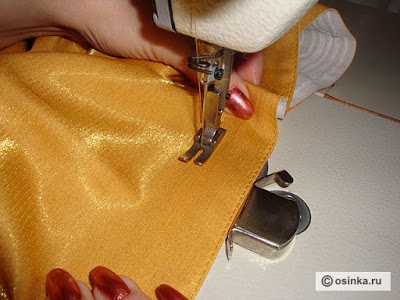 Run the same parallel line on the edge of the tape. Gently pull the fabric by hand.
Run the same parallel line on the edge of the tape. Gently pull the fabric by hand. 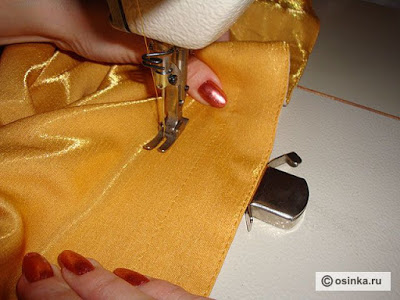 Contractible four strands to braid. Puffs acquire a very different kind.
Contractible four strands to braid. Puffs acquire a very different kind. 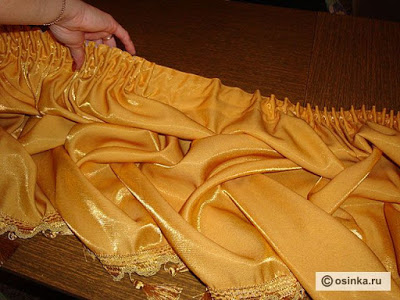 And then, finally, the result of work. Beauty, is not it?
And then, finally, the result of work. Beauty, is not it?  So, this curtain looks in the doorway.
So, this curtain looks in the doorway. 
Lanterns with autumn leaves create a magic atmosphere not only in the evening. Call your children or grandchildren to get along with them made you. Made lanterns with your own hands you will later recall the time spent together whenever light a candle.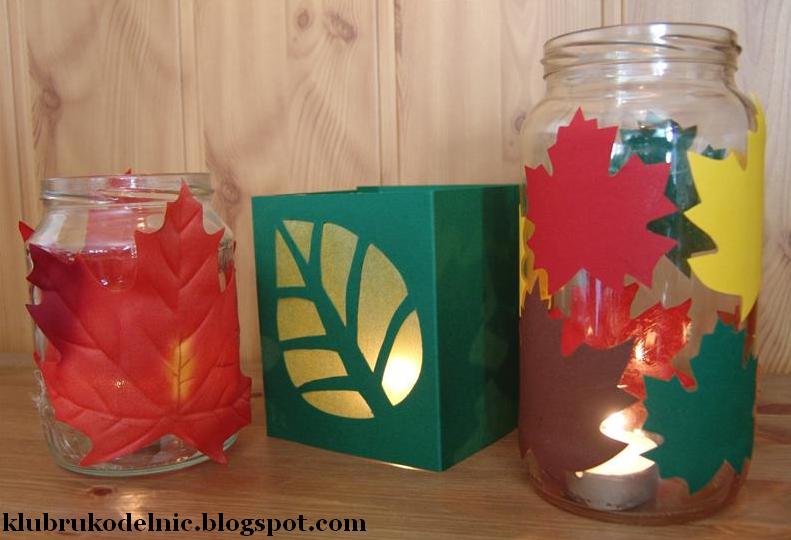
– Color paper
– Green cardboard
– Transparent yellow paper
– pencil
– scissors
– glue
– Jars
– Leaves of different trees, which will meet for a walk
1. For the manufacture of simple ordinary flashlights need glass jars of different shapes and sizes, which should be well washed and dried. On coloured paper pattern or with the help of this tree leaf draw sheet form in two sizes.
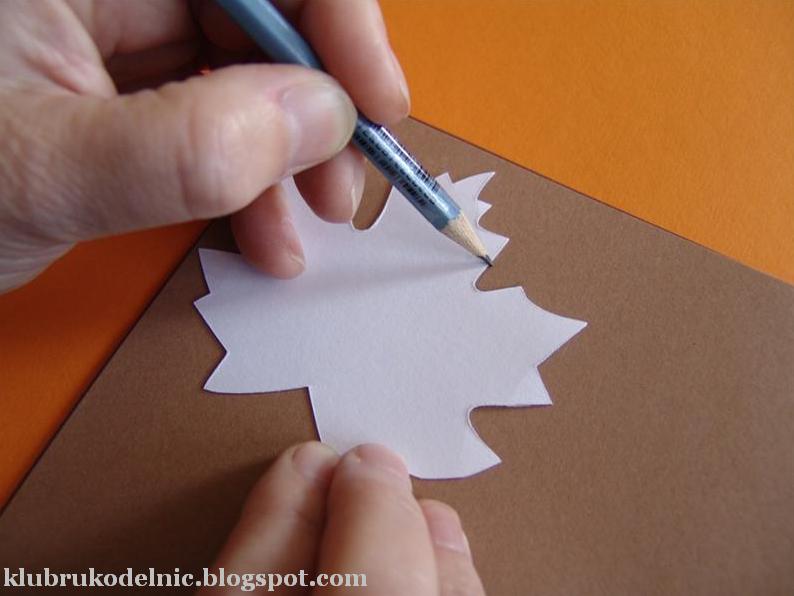 Cut out them.
Cut out them.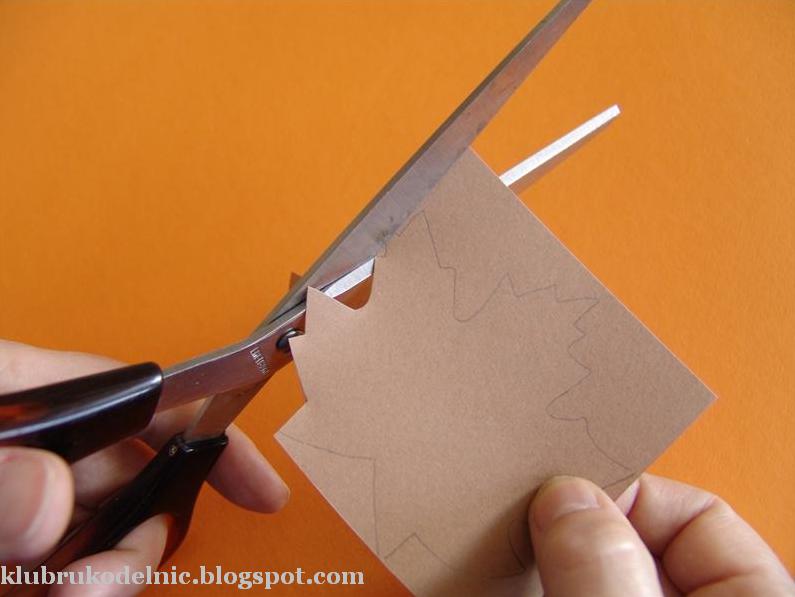 Cut the leaves pasted on the bank.
Cut the leaves pasted on the bank.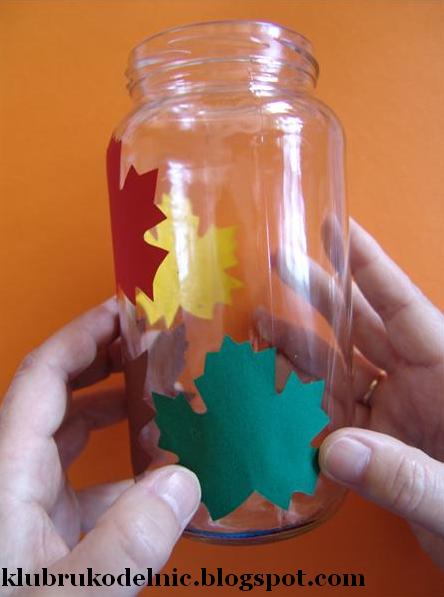 Another flashlight is made from a sheet of solid cardboard the size of 12h41 cm. Pencil-lane divided into four rectangles the size of 12×10 cm, one will see at the end of a seam for bonding the candlestick. On one rectangle draw sheet (sheet a pattern of living). We cut it so as you can see in the photo – a sheet skeleton consisting of veins.
Another flashlight is made from a sheet of solid cardboard the size of 12h41 cm. Pencil-lane divided into four rectangles the size of 12×10 cm, one will see at the end of a seam for bonding the candlestick. On one rectangle draw sheet (sheet a pattern of living). We cut it so as you can see in the photo – a sheet skeleton consisting of veins.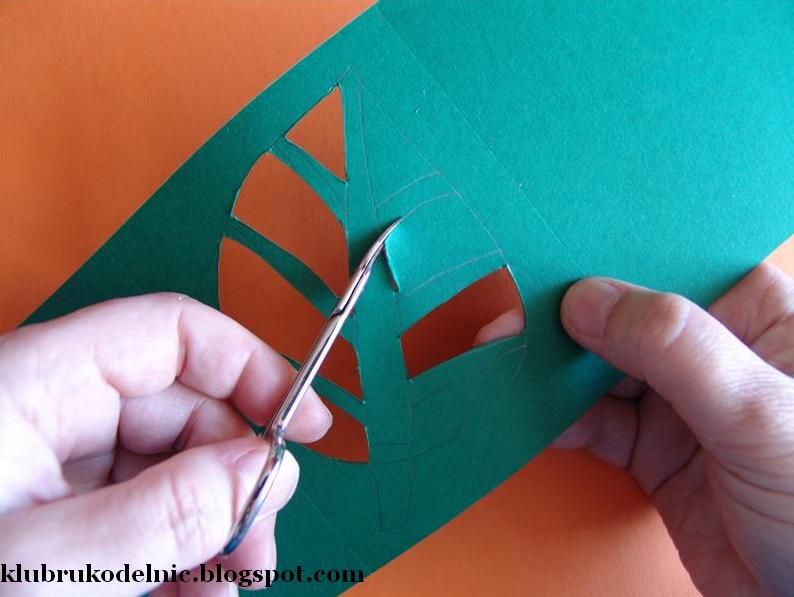 When the sheet is cut, smear “skeleton” of glue …
When the sheet is cut, smear “skeleton” of glue …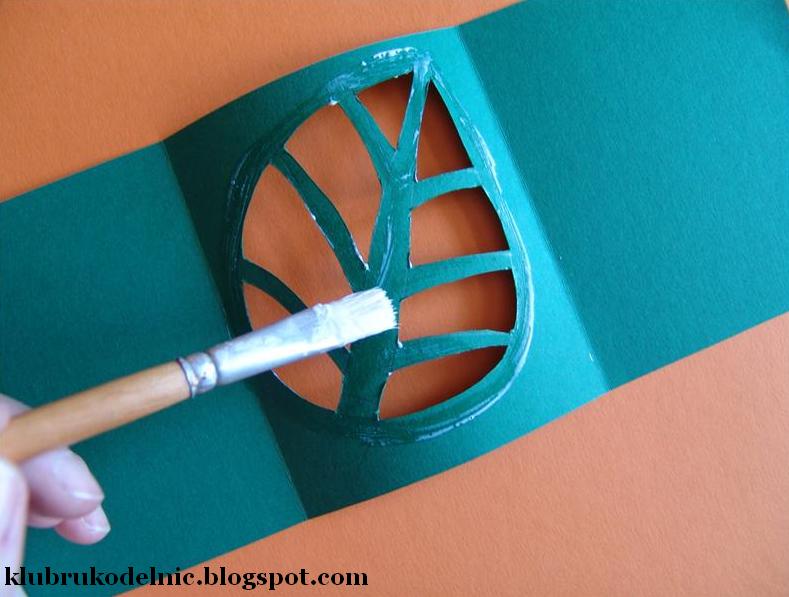 and seal the entire rectangle yellow transparent paper on the inside.
and seal the entire rectangle yellow transparent paper on the inside.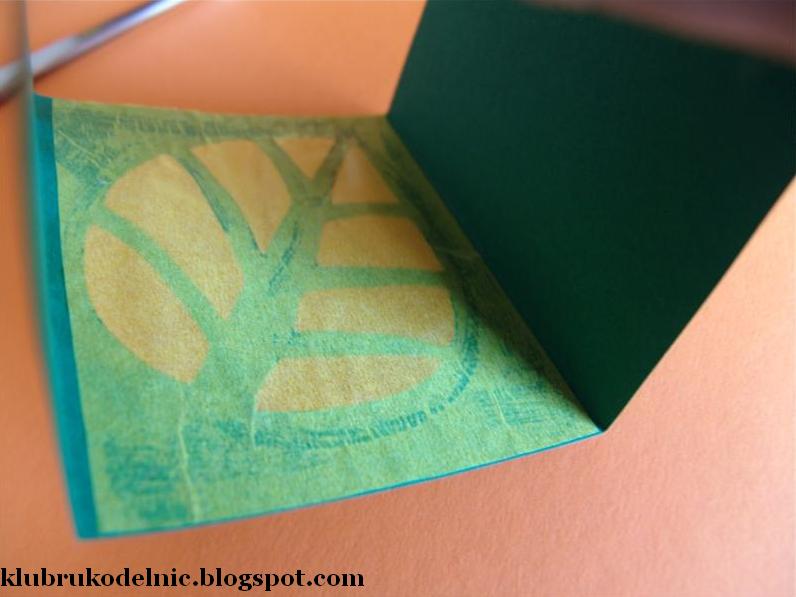 On the sheet of paper, draw coloured transparent outlines various contact collected leaves and draw them gold or silver paint. On the upper and lower edge of the solid stick the strips of coloured cardboard. When the paint is dry, glue the sheet into a cylinder. It will turn the flashlight, which can be inserted with a candle jar. Very nice these lanterns look at the window from the street, set between the panes.
On the sheet of paper, draw coloured transparent outlines various contact collected leaves and draw them gold or silver paint. On the upper and lower edge of the solid stick the strips of coloured cardboard. When the paint is dry, glue the sheet into a cylinder. It will turn the flashlight, which can be inserted with a candle jar. Very nice these lanterns look at the window from the street, set between the panes. Source
Source
If playing with paper has been a habit of yours since you were a child, then this next DIY project will surely make you happy. And will also bring a brand new touch to the interior design of your living or kitchen. The pull-up paper window shade we suggest you make is a nice piece of decoration which will prove very useful in those sunny days. When you’ve managed to complete this project, you could protect your movie-watching time or your baking session with a simple yet handy window shade made out of paper. Choose the color which matches the rest of the decor and put your old paper skills to good use. You will need some simple materials, such as wallpaper, double-sided tape, or a thick rope. Be sure to read the entire list of necessary items, as well as the proper instructions on how to make your very own pull up window shade made of paper. Good luck!
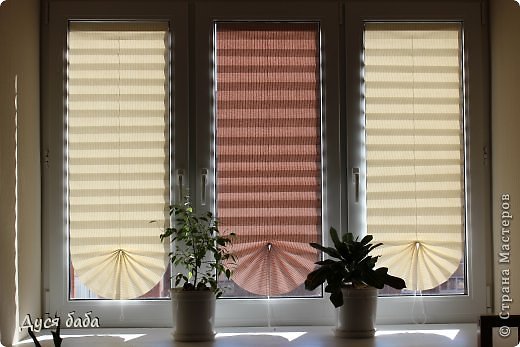 Required Material:
Required Material:
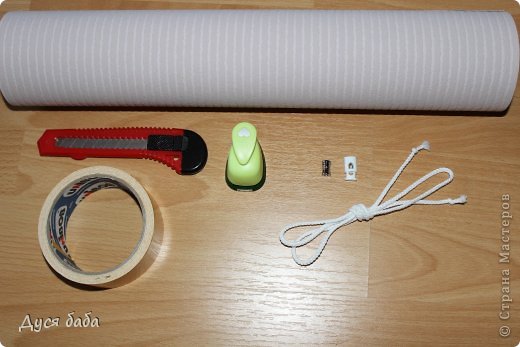

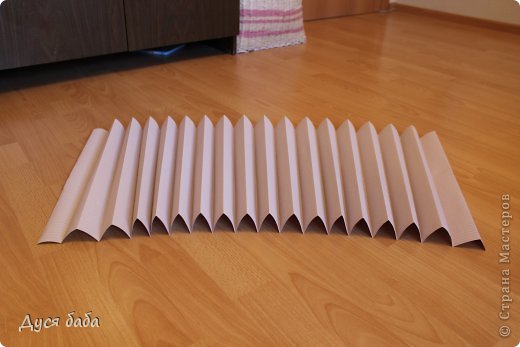
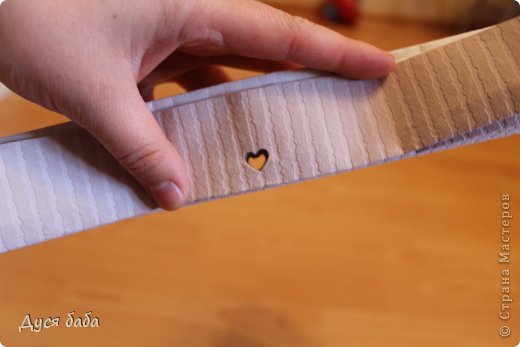

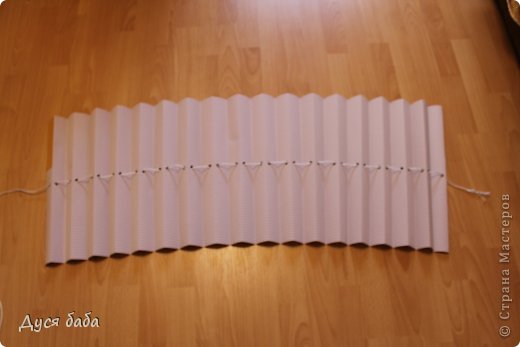
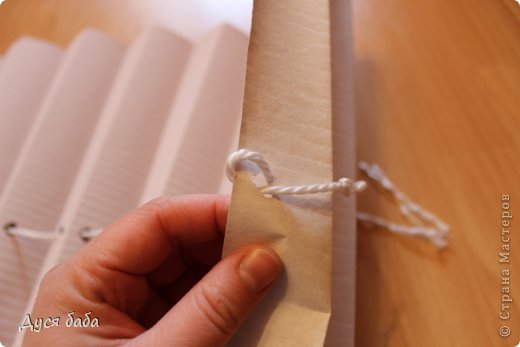
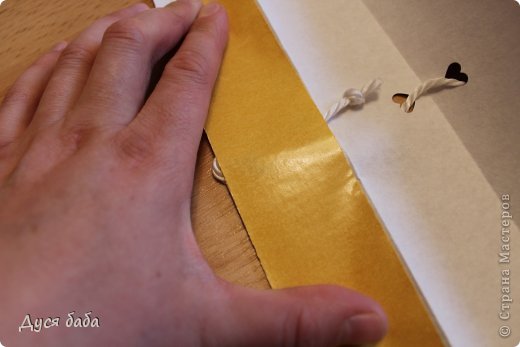
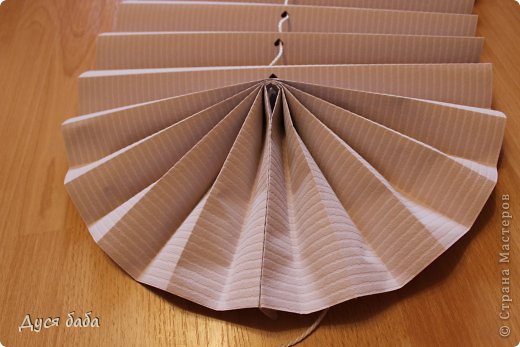
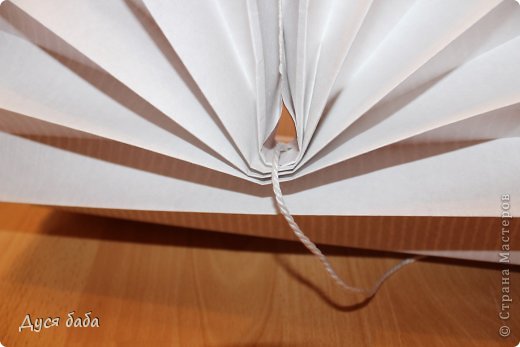
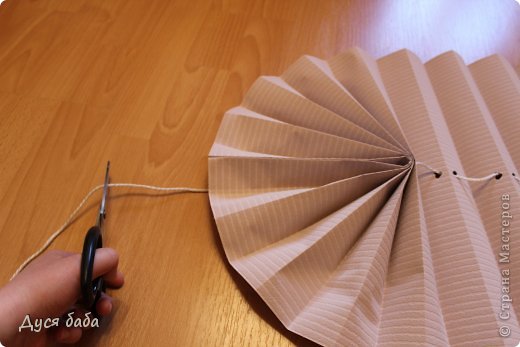

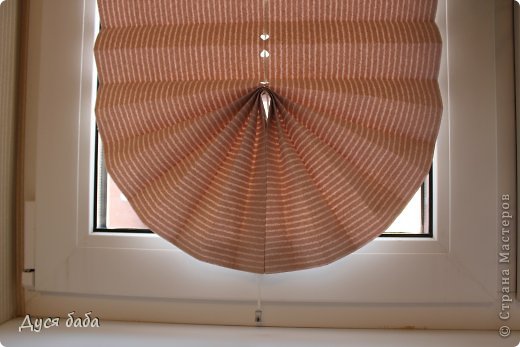
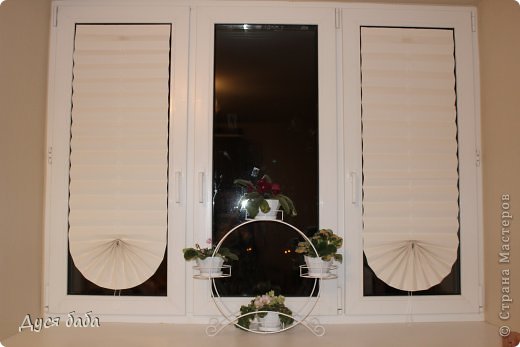

You can make at home a beautiful and unique handmade wall clock. And remembering that you do not need to make a colored piece, you can make a piece with unique color.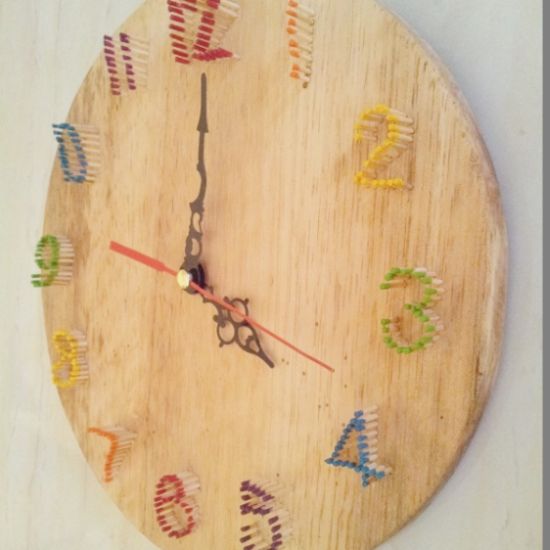
To make this part you will need:
Start by separating all the materials that you will use in your work.
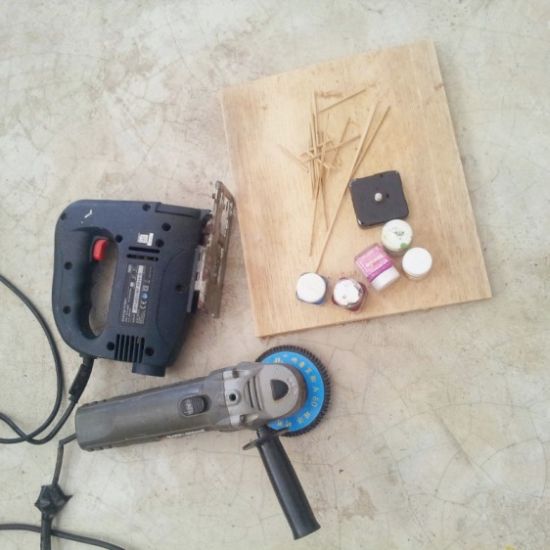 Then draw on your wooden board or MDF board the shape you want for your watch, with the aid of the joiner’s pencil and a ruler.
Then draw on your wooden board or MDF board the shape you want for your watch, with the aid of the joiner’s pencil and a ruler. Afterwards, serrate around the contour drawn, in a round shape or in the format you want, and draw the numbers of your watch.
Afterwards, serrate around the contour drawn, in a round shape or in the format you want, and draw the numbers of your watch.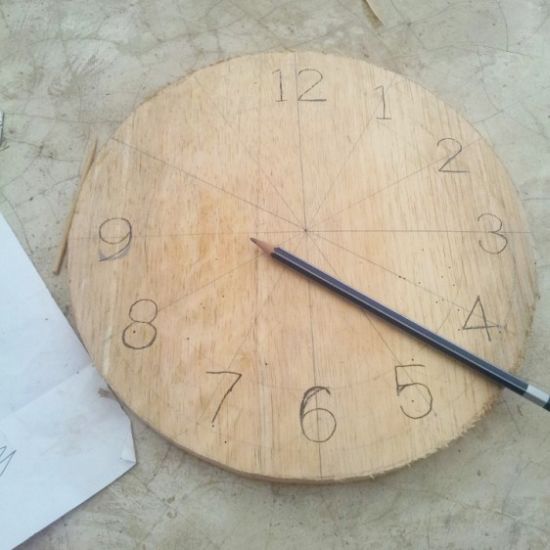 Now drill your watch numbers with the aid of a drill with a specific drill to drill wood.
Now drill your watch numbers with the aid of a drill with a specific drill to drill wood.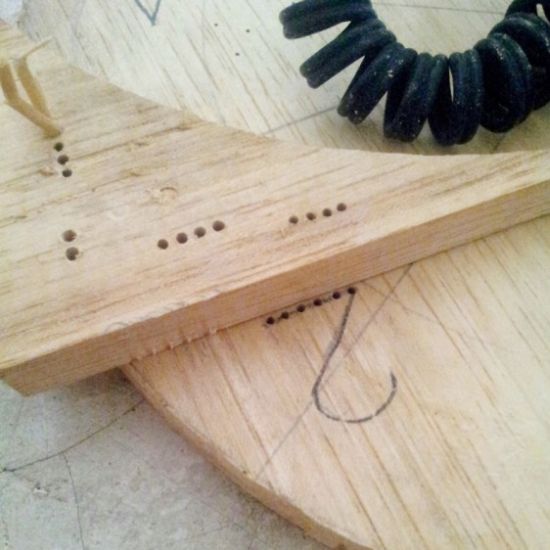 Then keep drilling the numbers.
Then keep drilling the numbers. Just after you’ve drilled all the numbers, scratch your watch. And drill a hole in the middle of the piece.
Just after you’ve drilled all the numbers, scratch your watch. And drill a hole in the middle of the piece. Now, clean your part immediately afterwards with the cleaning cloth, very clean and dry, to remove all dust.
Now, clean your part immediately afterwards with the cleaning cloth, very clean and dry, to remove all dust.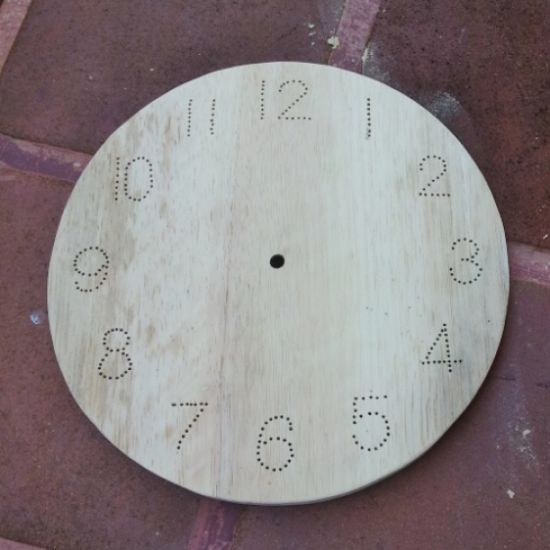 Then place wooden sticks in the number holes. And mark where you are going to cut them.
Then place wooden sticks in the number holes. And mark where you are going to cut them.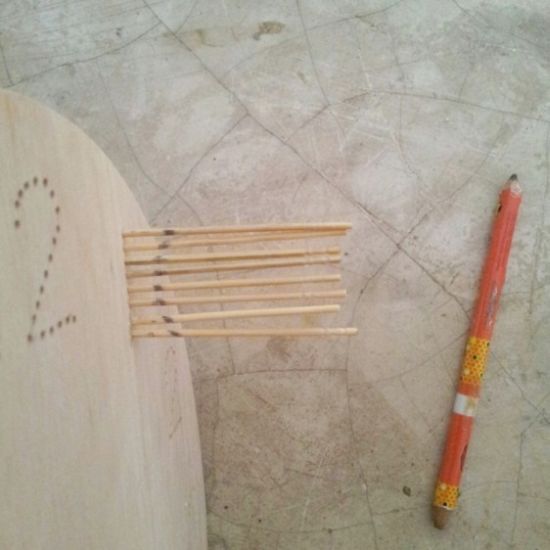 Then cut the wooden sticks.
Then cut the wooden sticks.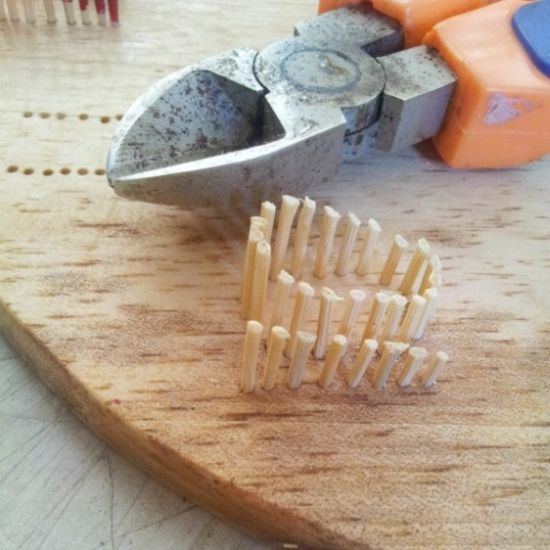 Now, paint the tips of the wooden sticks with the colors you want.
Now, paint the tips of the wooden sticks with the colors you want. Then, to finalize your piece, simply attach the wall clock machine with hands. And it’s ready!
Then, to finalize your piece, simply attach the wall clock machine with hands. And it’s ready!